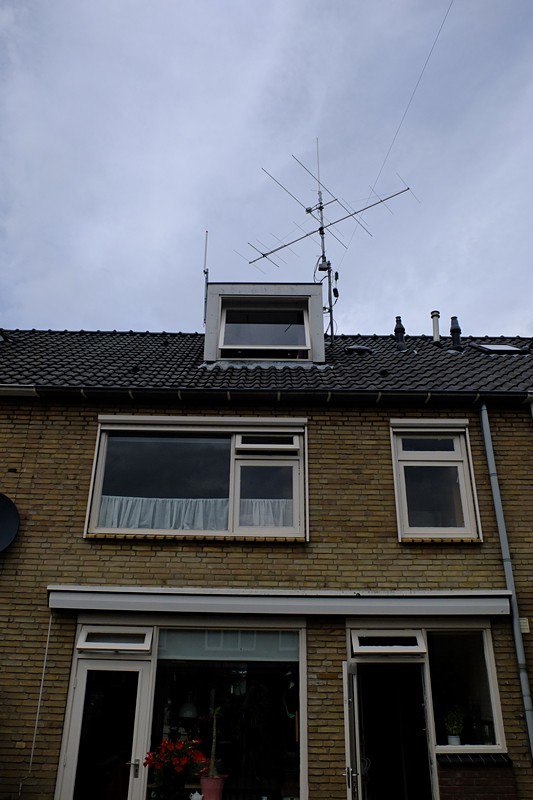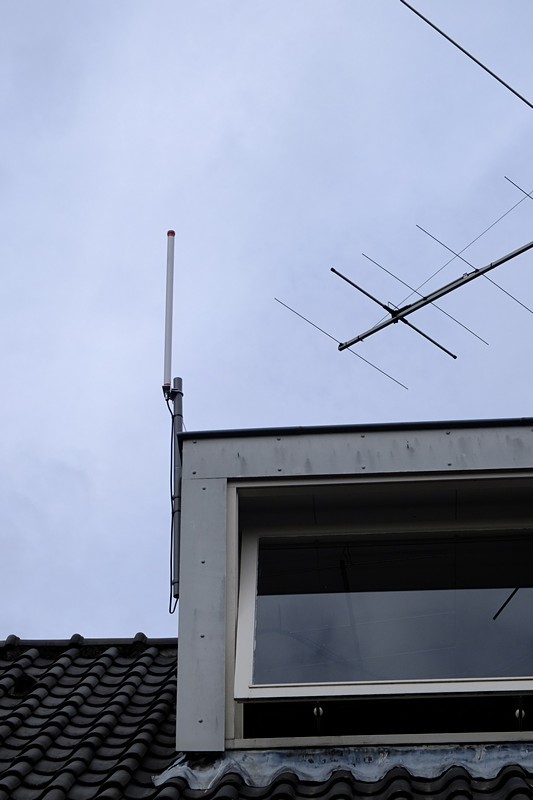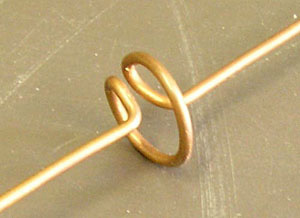Because I didn’t like to have a indoor antenna on my LoRA gateway and I wanted to expande the range of it, I desided to make a simple 6dBi Collinear Antenna as build for 2.4Ghz by MartyBugs. It’s a simple non-nonsens design which has proven in time.
I calculated the dimensions for 868Mhz and the sketches can be found below.
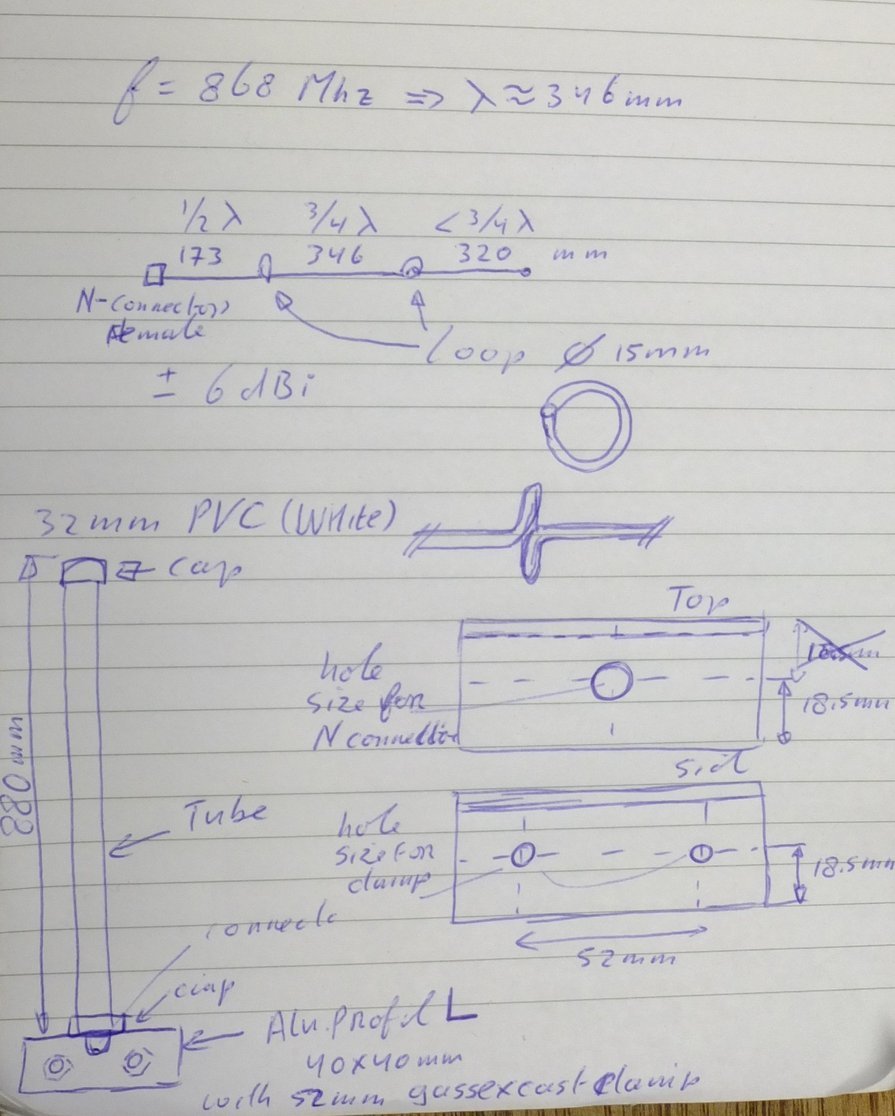
After the inital building and tweaking I took the antenna to my local Hamradio club (Veron/VRZA Twente) to have it tested with a RigExpert AA-600 (which when connected to the computer can work up to 1.4Ghz) from a fellow Ham. Some minor tweaking (adding 2 cm to the top section) the SWR dip was right on the 868Mhz.
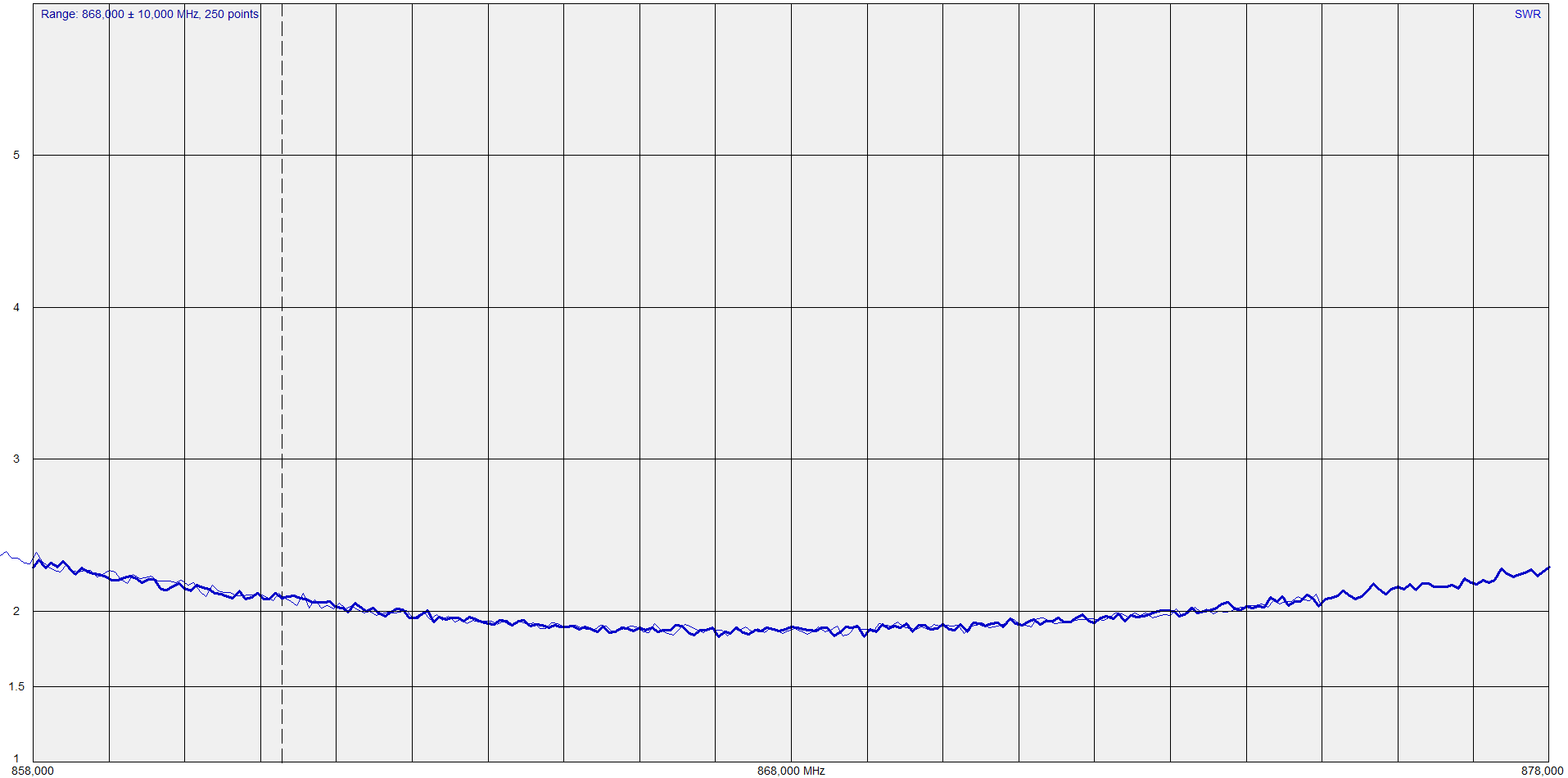
I forgot to make pictures of the build, so I took it apart again to make some.
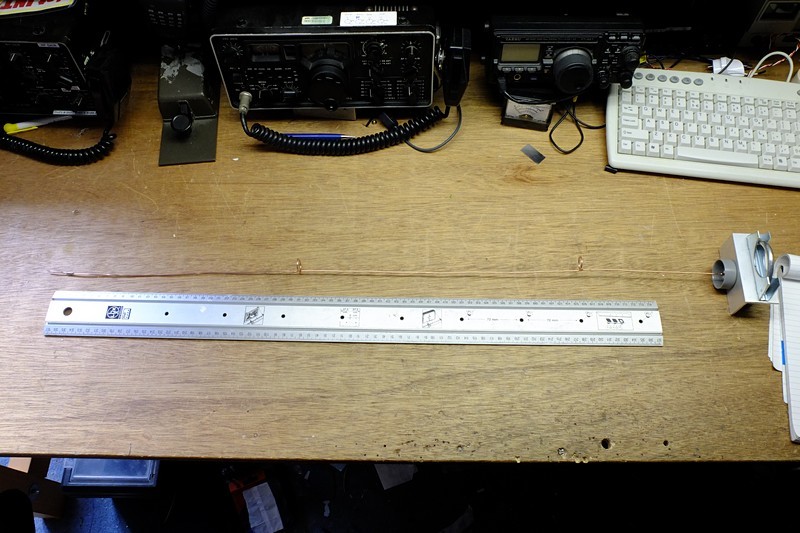
Close-up from the loop. Remember both have to have the same direction.
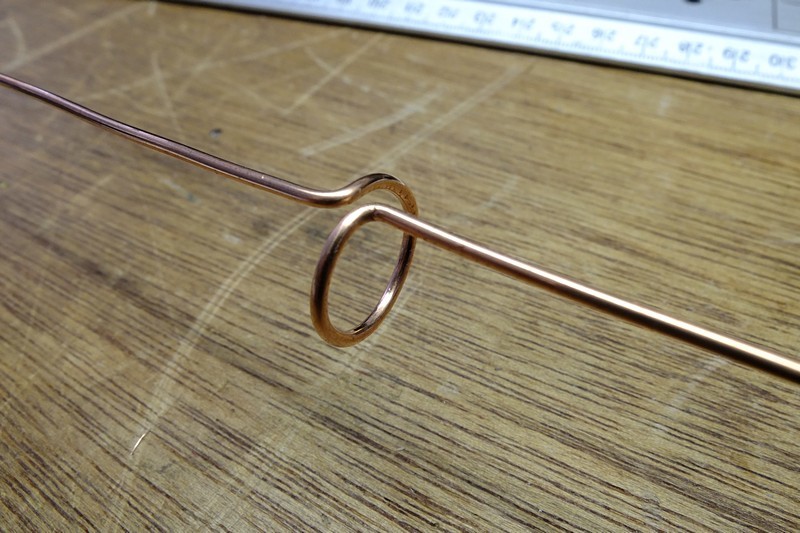
The wire and the back-side from the N chassis part. and the 32mm PVC end-cap.
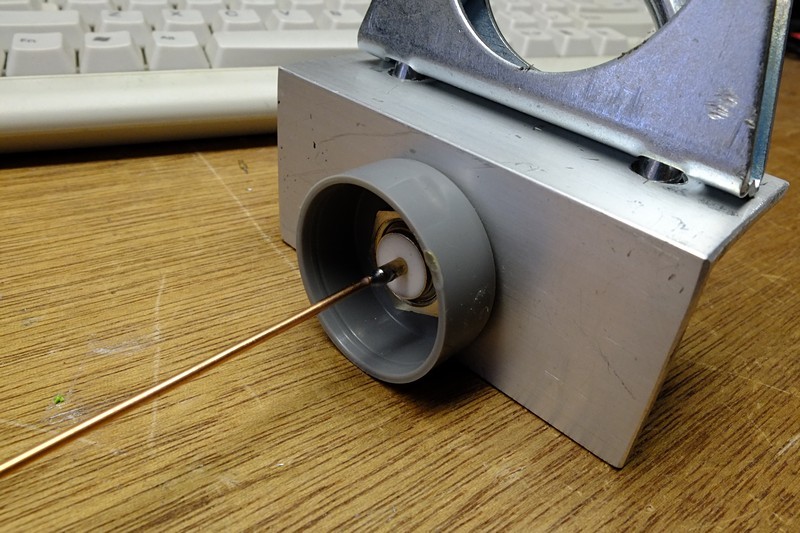
The 52mm car exhaust clamp
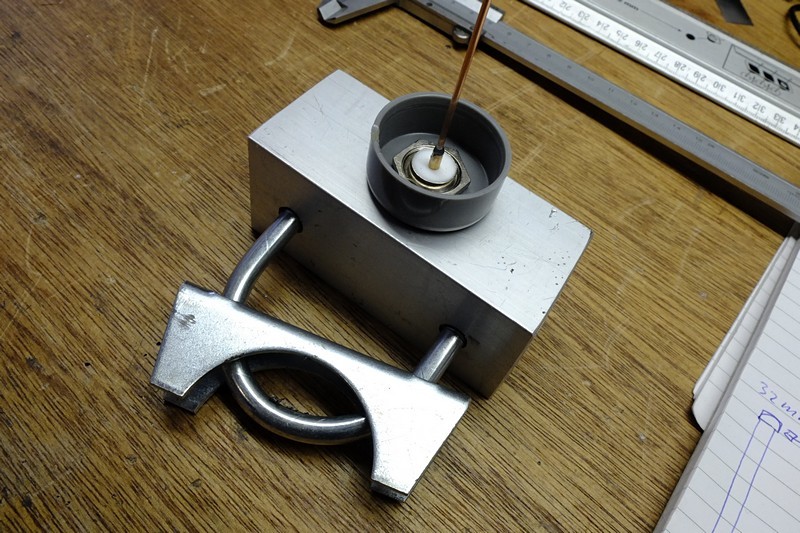
other side
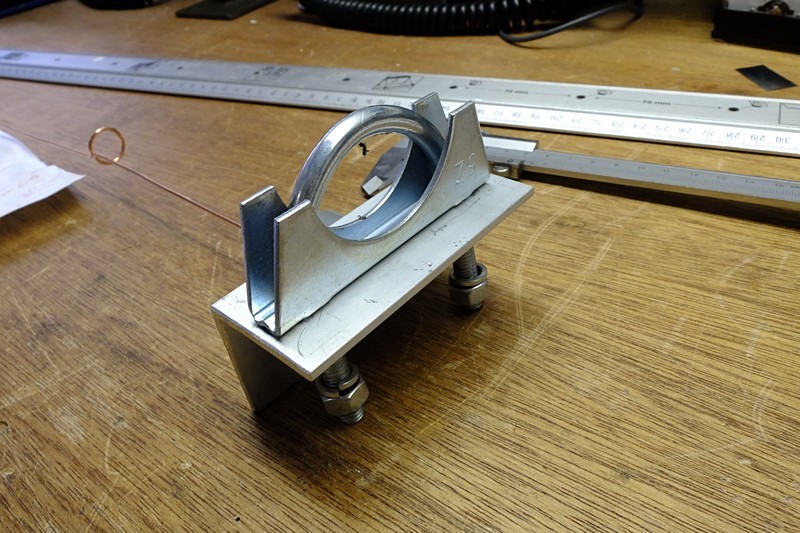
The front side from the N chassis part.
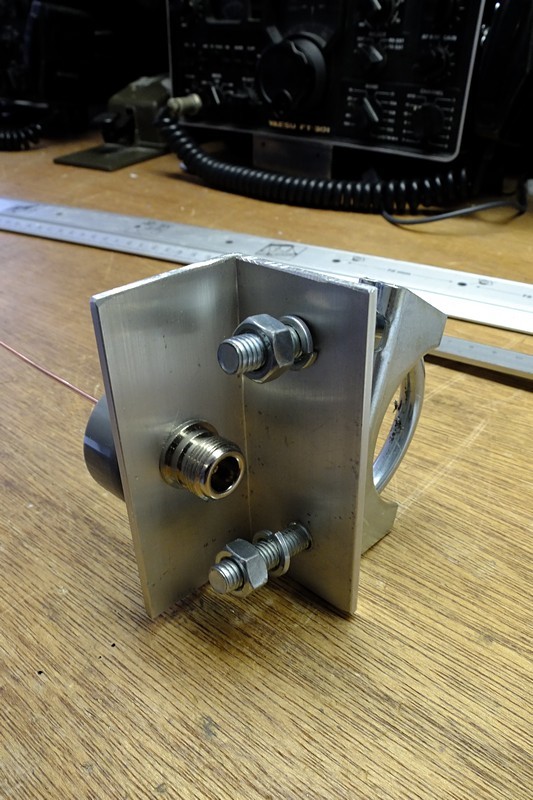
Boxing it all up again.
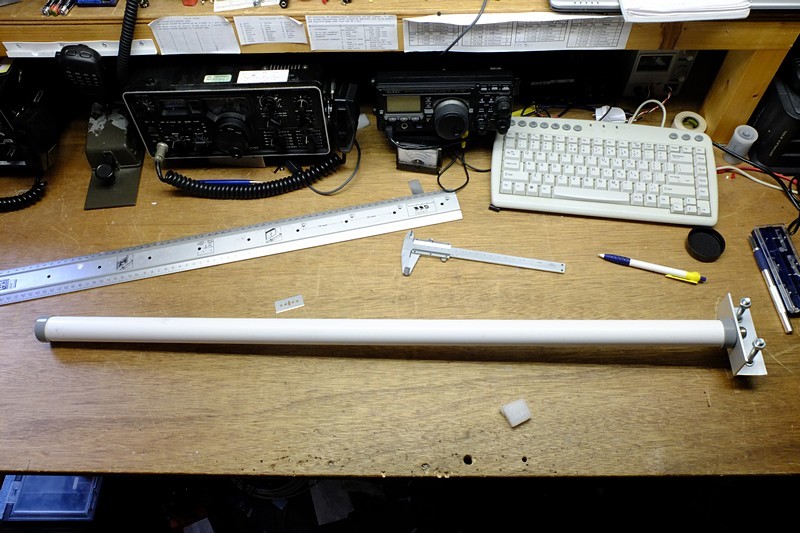
After that, everything was put together again for the final indoor test (it was raining cats and dogs so the installation outdoor will have to wait a day).
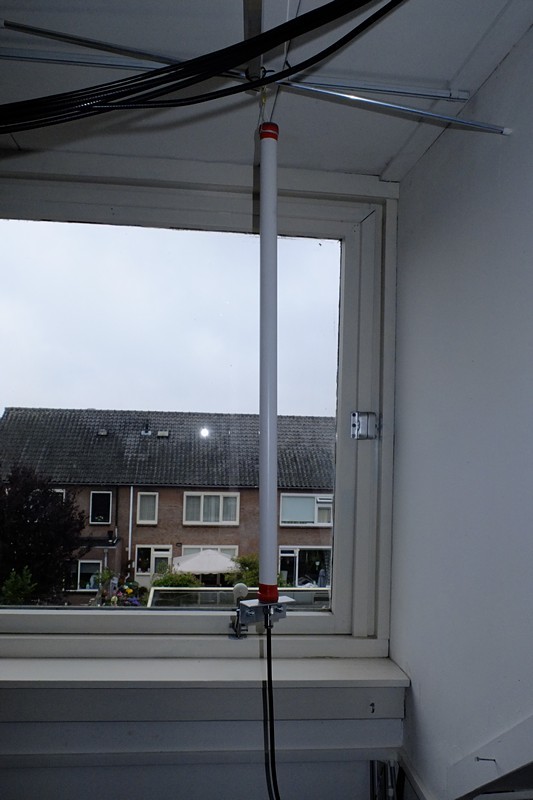
The first result are very promissing. With a testnode I transmitted a series of messages from the same location. With the indoor antenna I got a average RSSI of -65 with the indoor antenna (Gateway setup in the window) to a average RSSI -49 (even got one -44) with the new outdoor antenna (in the window).
But the prove is in the pudding, so that evening I did the test again.
New test run with the Lorank8 gateway with the original indoor antenna.
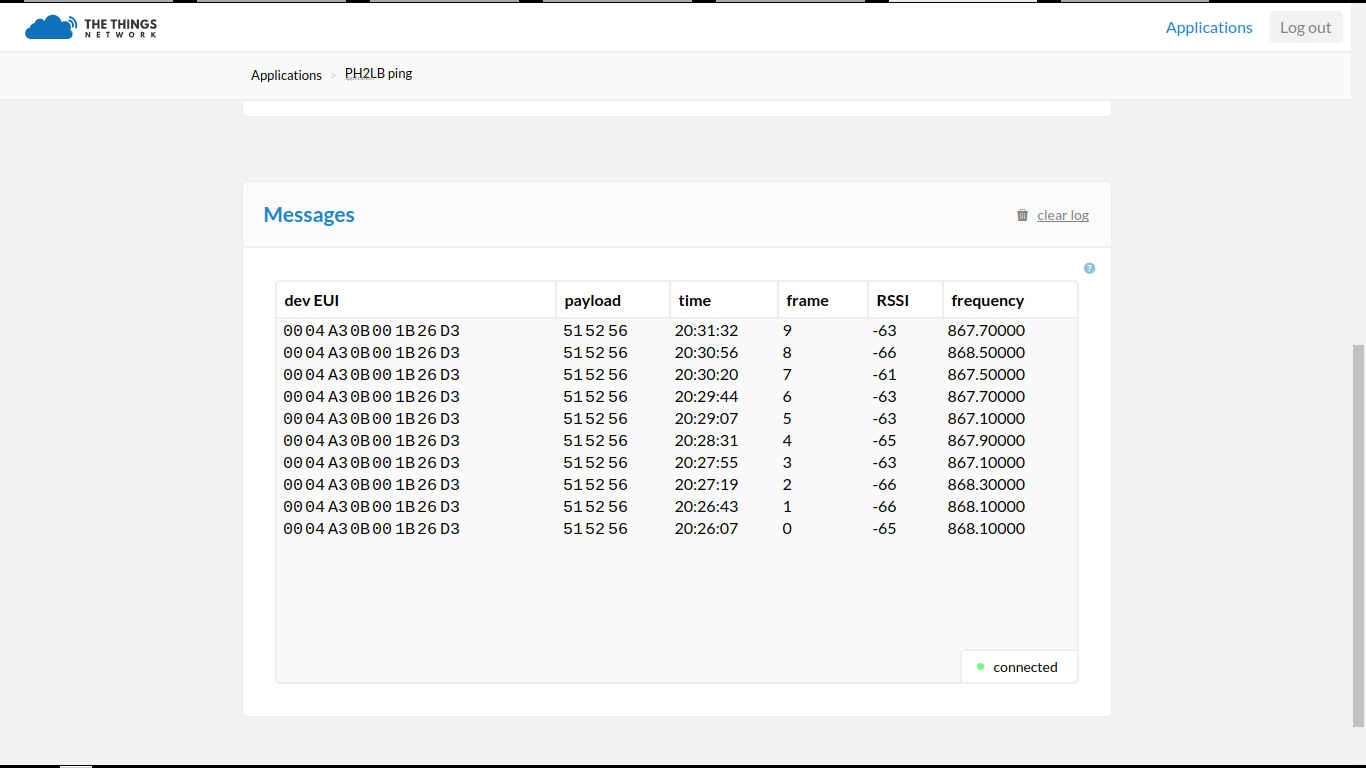
Average RSSI : -64.1
New test run with the Lorank8 gateway with the new outdoor antenna (used indoor on same location).
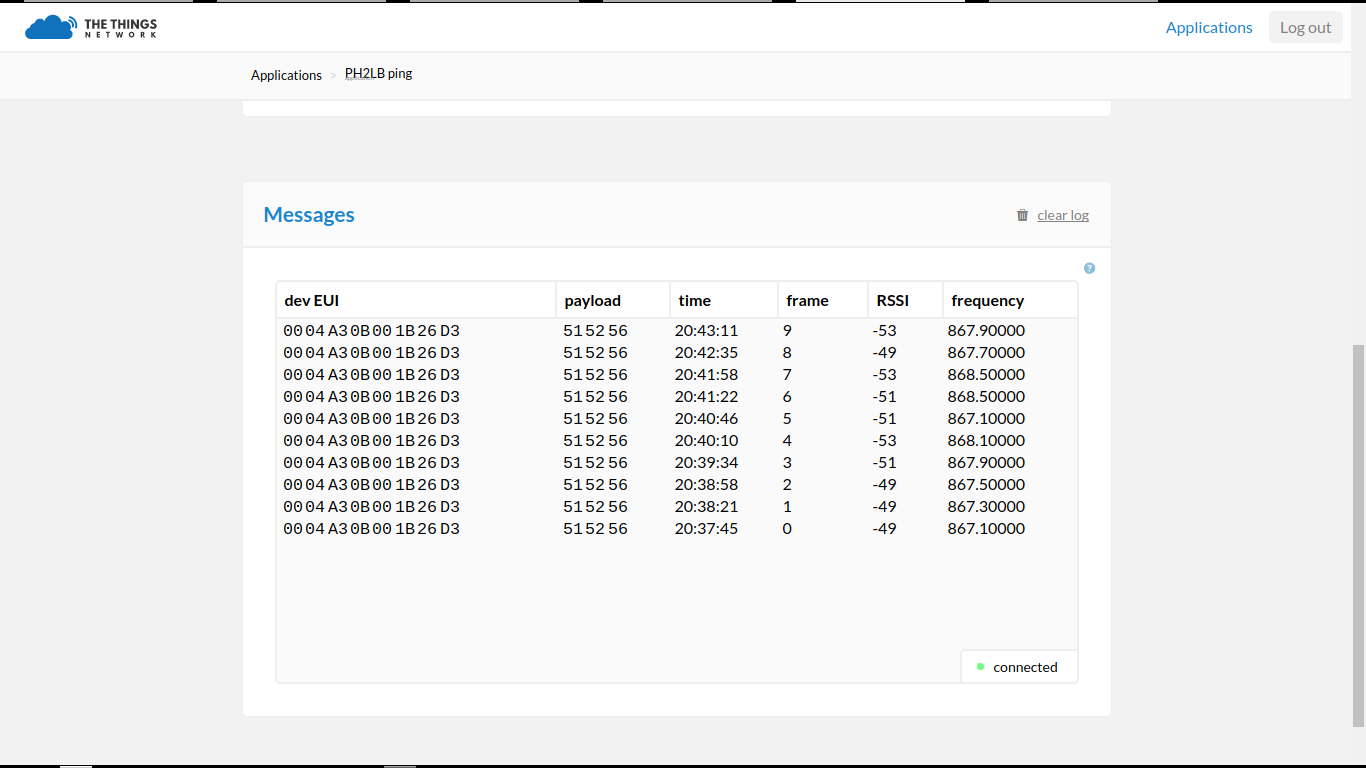
Average RSSI : -50.8
Hmmmm not the average I got this afternoon. Maybe there is more interference in the evening on the 868Mhz (it’s a shared ISM band so maybe there are headphones and babyphones up and running). But then again, RSSI from -64.1 up to -50.8 and that’s a good improvement.
Any comments or questions, drop a comment 
